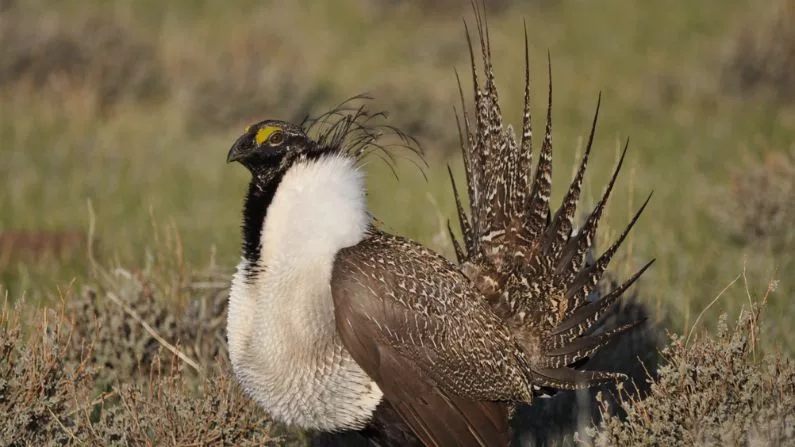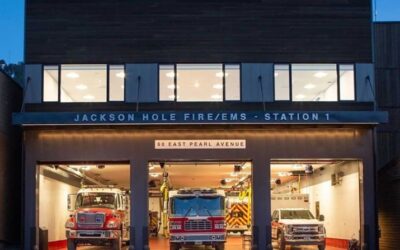The protection of greater sage grouse is up for debate again. The Bureau of Land Management (BLM) is planning to update its protections this year, as the bird is considered a “sensitive species.” But several conservation groups wrote the agency a letter saying it is still not enough.
The greater sage grouse is a stately brown bird, with a large white collar. They live in the western U.S., including Wyoming, and many say they are indicators of a healthy sagebrush ecosystem, which supports a variety of other animal and plant life. But the grouse populations have been rapidly declining: since the mid-60s, they’ve declined by 80 percent.
“It doesn’t seem like the sage grouse populations are rebounding, so the conditions are really pretty serious,” said Erik Molvar, executive director of the Western Watersheds Project, which is one of the groups asking for more protection of the bird.
Molvar said things like energy development, livestock grazing, roads and powerlines all affect the birds and their ecosystem.
The BLM is planning to propose updated protections this year, based on hundreds of peer-reviewed scientific publications that look at what sage grouse need to thrive. If enacted, this would be the first federal update since 2015. The agency outlined some potential proposals in a spring newsletter including ideas like expanding some of the sage grouse habitat boundaries and restricting livestock and wild horse grazing in these areas.
“A review of this new information found some of the BLM’s current RMP (resource management plan) management may be inconsistent with some of the new science,” according to the newsletter. “This includes the need to potentially modify habitat management areas to consider new GRSG (greater sage grouse) biological information, and the effects of climate change that may affect plan durability.”
While the conservation groups approve of some of the proposals, they say protection needs to go further.
“Conservation of the sage grouse requires regaining lost ground, not continuing to cut away at the remaining acres the bird needs to thrive for all of its life cycle needs,” according to the groups’ letter.
They point out that some of the protected areas are too fragmented and need to provide more land connectivity for the birds.
Molvar said limiting energy development is key, adding that development in Wyoming has to be setback six-tenths of a mile from a sage grouse breeding ground, or lek.
“That doesn’t include any of the nesting habitat to speak of,” he said. “Most of that is open to siting for things like coal mines, drilling pads, that sort of thing.”
The groups outline that they would like to see that buffer be at least four miles from development.
The public will have a chance to comment when the BLM releases its draft proposals later this year.





